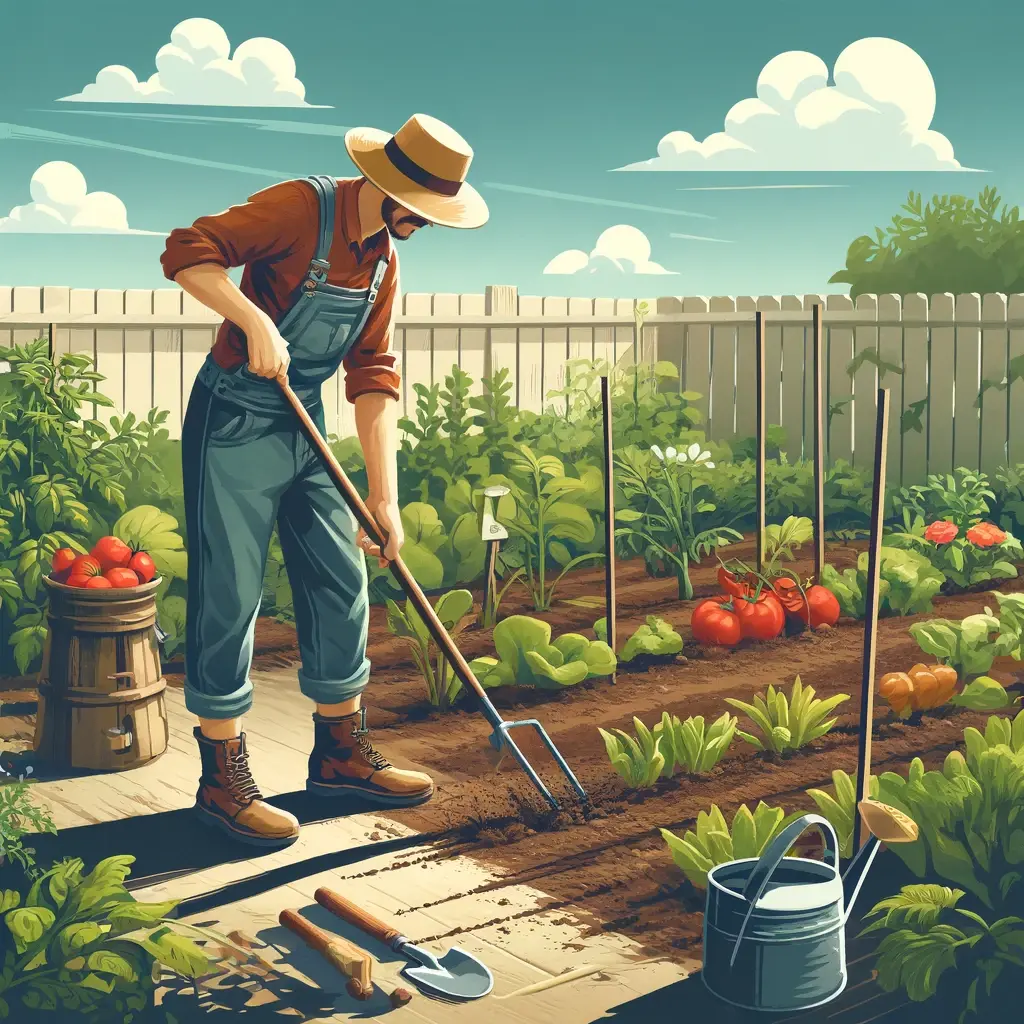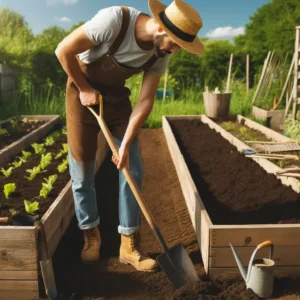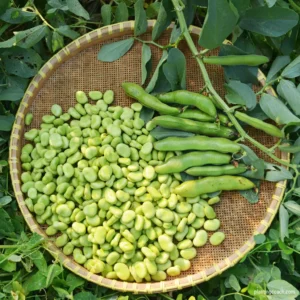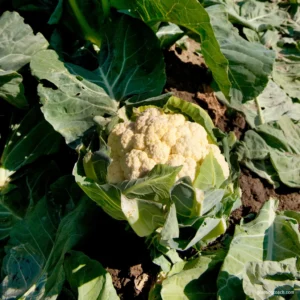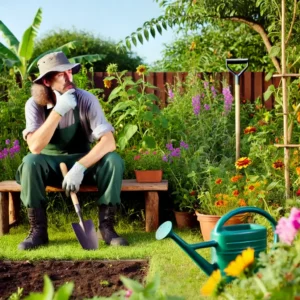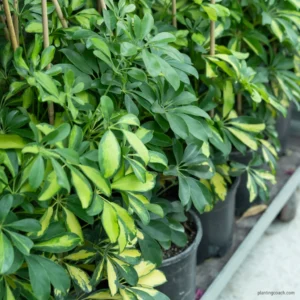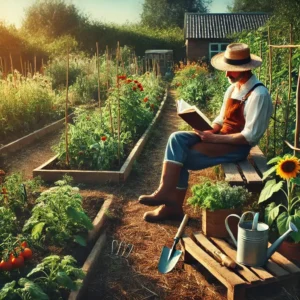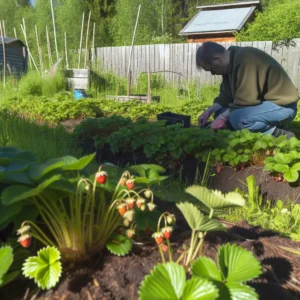When it comes to vegetable gardening, soil isn’t just dirt; it’s the most vital and preliminary element of your garden. The soil quality in your garden determines not only the health and fitness of your plants but also the volume and quality of your vegetable produce. There are different types of soil, from dense clay to loose sandy soil, with distinct advantages and challenges. Clay soils, rich in nutrients, can hold moisture well but may be heavy and hard for plant roots to penetrate if not adequately managed.
In this article, we will explore these different types of soil, Soil Solutions, The Best Soil for a Vegetable Garden, and learn how to fix infertile soil, discover the steps necessary to maintain fertile, well-balanced soil to ensure a fruitful harvest. Your soil quality directly impacts your vegetables’ health and growth. It influences how well your plants can absorb water, how effectively they can access nutrients, and even how they resist pests and diseases.
Understanding Soil Types for Vegetable Gardens
Soil can broadly be classified into several types, including clay, sandy, loamy, silt, peaty, and chalky. Each type has its unique properties that affect how much water and nutrients it can retain.
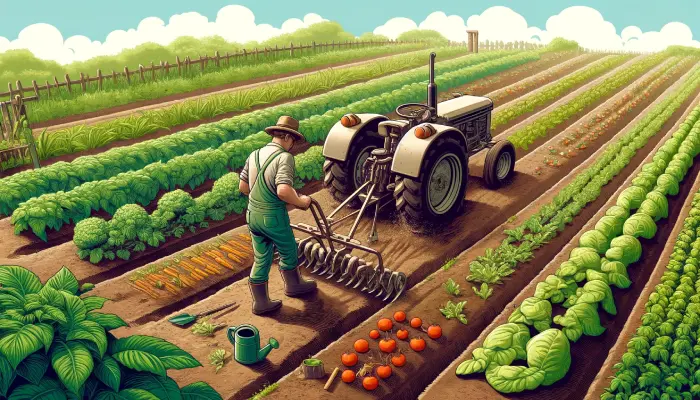
Clay soil is nutrient-rich but heavy. It holds water well but can become compacted easily, making it hard for vegetable roots to penetrate. Sandy soil is light and drains quickly but doesn’t hold nutrients well, which can be challenging for growing vegetables. Loamy soil is considered ideal for vegetable gardens. It has a balance of clay, sand, and silt, plus organic matter, making it well-draining but also nutrient-rich and easy to till.
Silt soil has fine particles and holds moisture better than sandy soil but can have poor drainage and may become waterlogged. Peaty soil is high in organic material and good for moisture retention. However, it is less common in garden plots and may need amendments to balance its acidity. Chalky soil is alkaline and may hinder the growth of some plants that require more acidic conditions. It often needs amendments to increase fertility and water retention.
Understanding these soil types is the first step in recognizing what you might be dealing with in your garden and how you can manage it to ensure the healthiest growth of your vegetable plants.
Characteristics of Ideal soil for a vegetable garden
Loamy soil is the most suitable type of soil for vegetable gardening. It combines the best aspects of sandy, clay, and silt soils with organic matter, creating a fertile base that benefits most vegetables, good drainage to prevent waterlogging and root diseases, yet retains enough moisture to sustain plant life, high fertility with a rich content of nutrients and organic matter to feed plant growth, organic matter such as decomposed leaves or compost, helps improve fertility and soil structure.
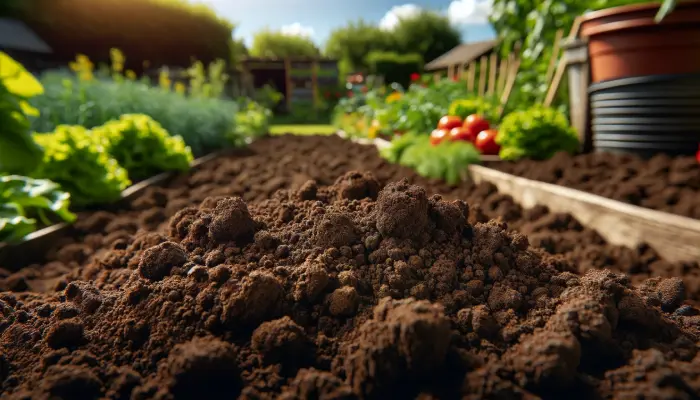
Such soil holds a neutral pH where most vegetables grow well. The pH level of your soil can affect the availability of nutrients. Most vegetables prefer a pH between 6.0 and 7.5.
Amending soil to reach these characteristics might involve adding organic matter to improve fertility and texture or adjusting pH with lime (to decrease acidity) or sulfur (to increase acidity). Investing in your soil’s health is essential for a productive garden, and understanding these ideal characteristics will guide your preparation and maintenance efforts throughout the growing season.
Amending Your Soil
Amending soil is essential when the existing ground isn’t ideal for vegetable gardening. For those dealing with sandy soil, which drains quickly and holds nutrients poorly, the addition of organic matter, such as compost or well-rotted manure, can increase its nutrient-holding capacity and improve moisture retention. On the other hand, clay soil, which can be dense and slow draining, benefits significantly from the incorporation of grit or sand and organic matter to improve its structure and drainage capabilities.

The process of amending soil should begin well before planting begins. Start by spreading organic material over your garden plot, then work it into the soil to a depth of at least 6-8 inches. This helps improve the soil structure and encourages beneficial microbial activity, which is crucial for nutrient consumption in plants. Repeating this process annually will gradually transform poor soil into a rich, loamy, plant-friendly environment. Remember, soil amendment is not a one-time task but an ongoing aspect of garden maintenance.
Testing and Adjusting Soil pH
Soil pH is a critical factor that influences plant health by affecting the availability of nutrients in the soil. Most vegetables prefer slightly acidic to neutral pH ranges (6.0-7.5). Testing soil pH can be done with a home test kit or by sending a sample to a local cooperative extension service.

If the pH is too acidic, applying garden lime can help raise it, while sulfur or aluminum sulfate can be used to lower a pH that is too alkaline. It’s essential to apply these amendments according to the manufacturer’s directions and only after testing the soil, as incorrect doses can further unbalance the soil. Adjusting pH is a delicate process and may need to be done incrementally over several seasons to avoid distressing the plants.
Increasing Soil Fertility
Increasing soil fertility is crucial for productive vegetable gardens. Fertility can be increased through the application of both organic and inorganic fertilizers. Organic fertilizers, such as compost, manure, or bone meal, release nutrients slowly into the soil and improve its structure. Inorganic fertilizers provide a quick nutrient boost but can lead to salt buildup and should be used carefully.

When applying fertilizers, it’s essential to consider the specific needs of the plants you are growing. Some vegetables, like leafy greens, require more nitrogen, while root vegetables may benefit more from phosphorus. Always follow the recommended rates on fertilizer labels to avoid over-application, which can be just as harmful as under-application. Regularly adding organic matter and rotating crops are effective strategies for maintaining soil fertility.
The Role of Mulching in Soil Health
Mulching is a simple yet effective method to improve soil health. It involves laying materials such as straw, leaves, wood chips, or even plastic over the soil around your plants. Mulching helps retain soil moisture, suppress weeds, and stabilize soil temperatures. Organic mulches have the added benefit of slowly decomposing, thereby improving the soil’s nutrient content and structure.

Apply mulch after the soil has warmed in the spring, and ensure it’s not too thick to prevent air and water from reaching the soil. Refresh organic mulches as they decompose to maintain a consistent layer and continue benefiting the soil and plants.
Seasonal Soil Care for Vegetable Gardens
Seasonal care is vital for maintaining soil health throughout the year. In spring, prepare your garden by clearing wastes, loosening the soil, and adding amendments like compost. During the growing season, continue to check and adjust pH levels and fertility, manage weeds, and ensure that the soil doesn’t become compacted.

As the season winds down, consider planting cover crops such as clover or rye to improve soil structure and nutrient content. These crops can be tilled into the soil in early spring before planting begins again, adding organic matter and nutrients.
Common Soil Problems and Solutions
Even with careful management, soil problems can occur. Compaction, poor drainage, and nutrient deficiencies are common issues that can hinder plant growth. To reduce compaction, aerate your soil by gently tilling or using a broad fork. Improve drainage in heavy soils by adding coarse sand and organic matter. If you suspect nutrient deficiencies, conduct a soil test to confirm and address them with appropriate fertilizers.

Natural amendments like gypsum can improve soil structure, while mulching and regular addition of organic matter can help prevent many problems from developing. Always monitor your soil’s condition and respond quickly to issues to ensure the health of your vegetable garden.
Summary
The journey to a successful vegetable garden begins beneath our feet- with the soil. This article has guided you through understanding the different soil types, amending inadequate soil, and the continuous care required to maintain soil health. The insights provided here are designed to empower gardeners to create the most convenient environment for their vegetables.
Remember, soil health is not static; it evolves with each season and each crop cycle. Regularly testing your soil, making necessary adjustments, and incorporating organic matter is vital to sustaining its fertility and structure. These practices can transform even the most challenging soil conditions into a prosperous garden landscape. Equip yourself with patience and persistence, and watch as your garden becomes an example to the power of well-managed soil.
FAQ
Q1: Can I use the same soil for all types of vegetables?
Every vegetable has unique soil needs, but generally, well-amended loamy soil suits most vegetables.
Q2: How often should I test my garden soil?
Test your soil every 2-3 years or if you notice problems with plant growth.
Q3: What is the fastest way to improve poor garden soil?
Adding organic matter and adjusting pH are quick ways to improve soil conditions.
Q4: Are there any signs of soil health I should look out for?
Healthy soil should be breakable, have a neutral smell, and support earthworm activity.
Q5: Can I make my own compost for gardening, and how?
Yes, combine green and brown organic materials in a bin, keep them moist, and turn them periodically.
